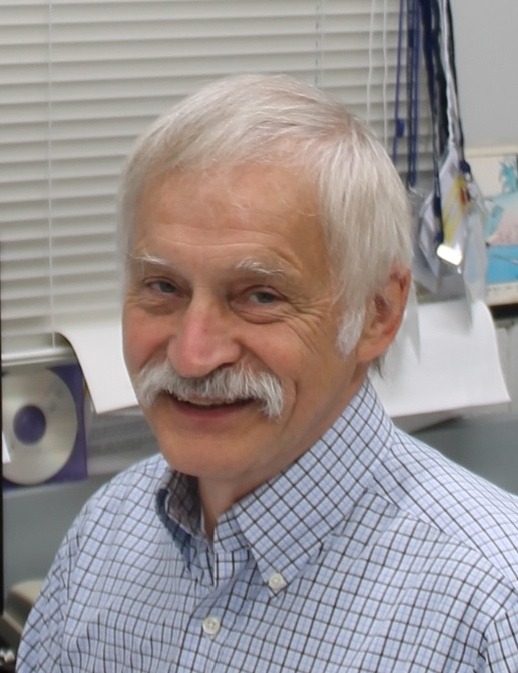You can download the program and abstract book here.
Keynotes
Onur Güntürkün – A new view on the avian pallium
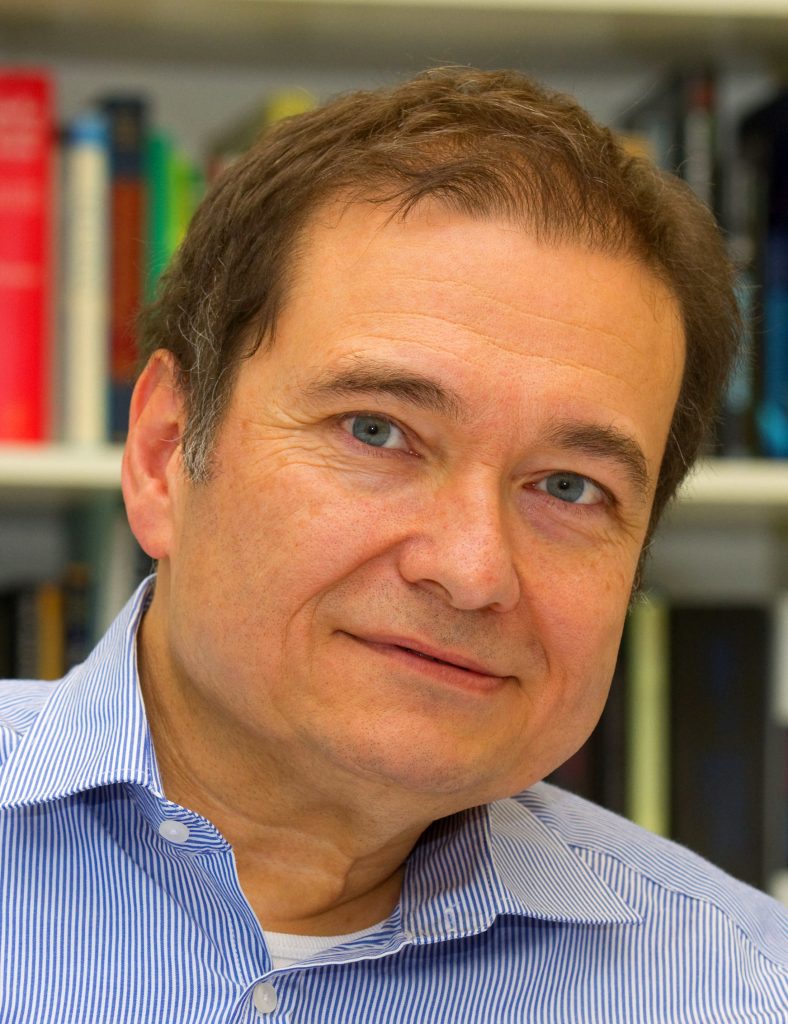
For about a century, bird brains were seen as small, non-cortically organized systems that casted a dim prospect on the cognitive abilities of their beholders. Within the last two decades, this view has changed dramatically. My talk will concentrate on discoveries of the last few years that demonstrate that avian neuron numbers are not only much higher than expected by brain size, but also mostly allocated to associative areas in corvids. In parallel, birds developed the ability to cut down metabolic demands of their neurons by a factor of three. This not only makes a brain with so many neurons affordable, but may also provide cellular computational properties that are out of reach for mammals. Lastly, birds even developed a sophisticated cortex within their sensory pallial areas – possibly independent from mammals. Thus, avian neuroscience is currently continuing to draw completely new views on the evolution and organization of the bird pallium.
Ornella Bertrand – From small to big: How did complex brains emerge in placental mammals?
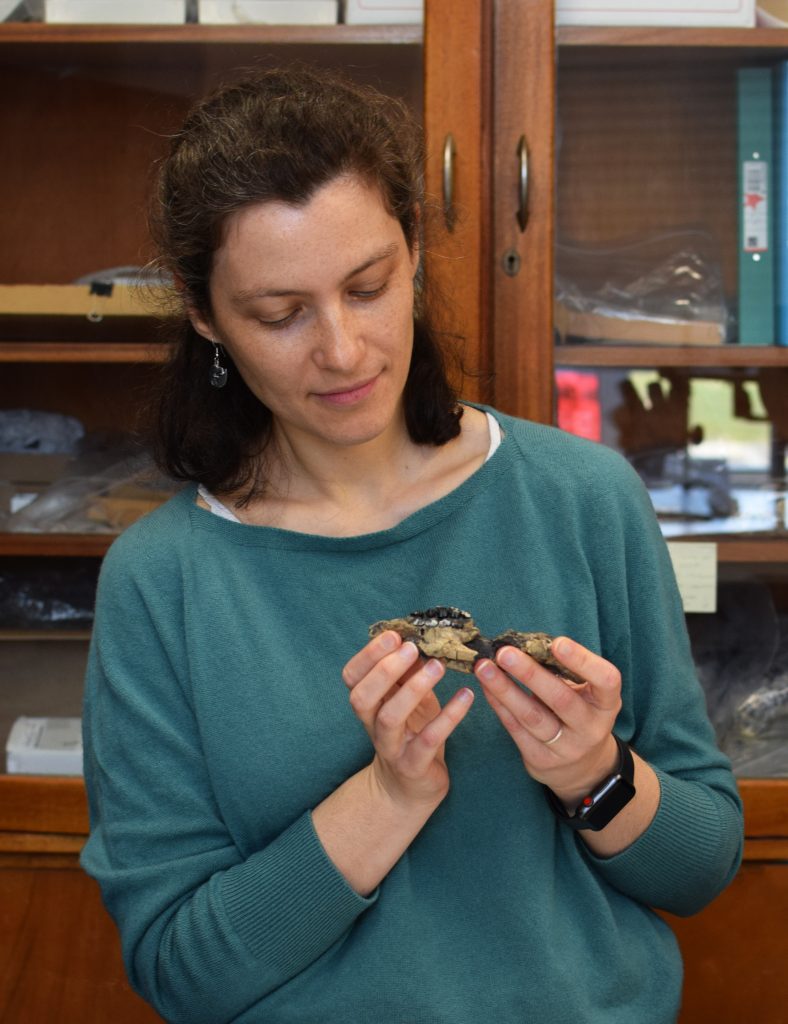
Mammals have the largest brains among vertebrates, but questions remain about the origin of their intelligence. We used new high-resolution computed tomography (CT) scans of Paleogene fossils of the USA and France alongside previously published endocasts. Contrary to previous hypotheses stating that relative brain size increased continuously over time, our results show that following the end-Cretaceous extinction, body mass increased at a faster rate leading to a decrease in relative brain size in early placental mammals. Ten million years after the extinction during the Eocene, greater encephalization independently emerged in several mammalian lineages.
José M. Martín-Durán – The evolution of the bilaterian nervous system
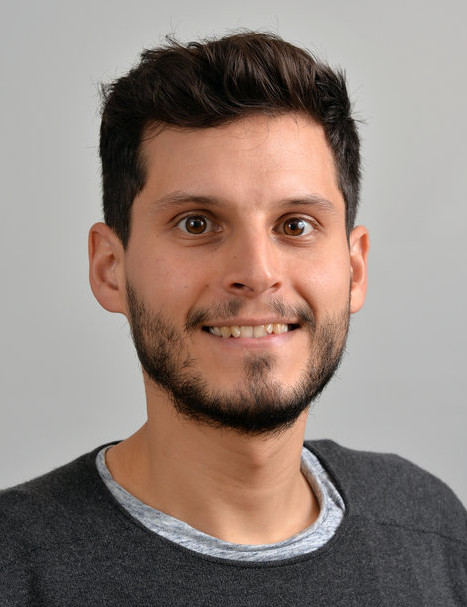
A centralized nervous system with a brain and nerve cords is arguably one of the most fascinating biological phenomena. Yet how such organ system evolved is contentious. In this talk, I will show how the study of the diversity of neural anatomies in often neglected invertebrate lineages has transformed our views on the origin and diversification of bilaterian nervous systems.
Symposia
Variation of telencephalic development that paved the way for neocortical evolution
Charles Darwin stated, “community in embryonic structure reveals community of descent”. Thus, to understand how the neocortex emerged during mammalian evolution we need to understand the evolution of the development of the pallium, the source of the neocortex. In this session we review the recent comparative discoveries in the neurogenesis, lineage, clonal dispersion, neuronal migration and differentiation of the pallium that enabled the production of the six-layered neocortex. Speakers of our session will explore the modifications from very early brain development accounted for the diversification of vertebrate pallia and the origin of the neocortex.
Confirmed speakers
Elia Benito-Gutierrez (University of Cambridge, UK)
Victor Borrell (Instituto Neurociencias de Alicante, Spain)
Roberto Toro (Institut Pasteur, Université de Paris, France)
Organized by Zoltan Molnar and Fernando Garcia-Moreno

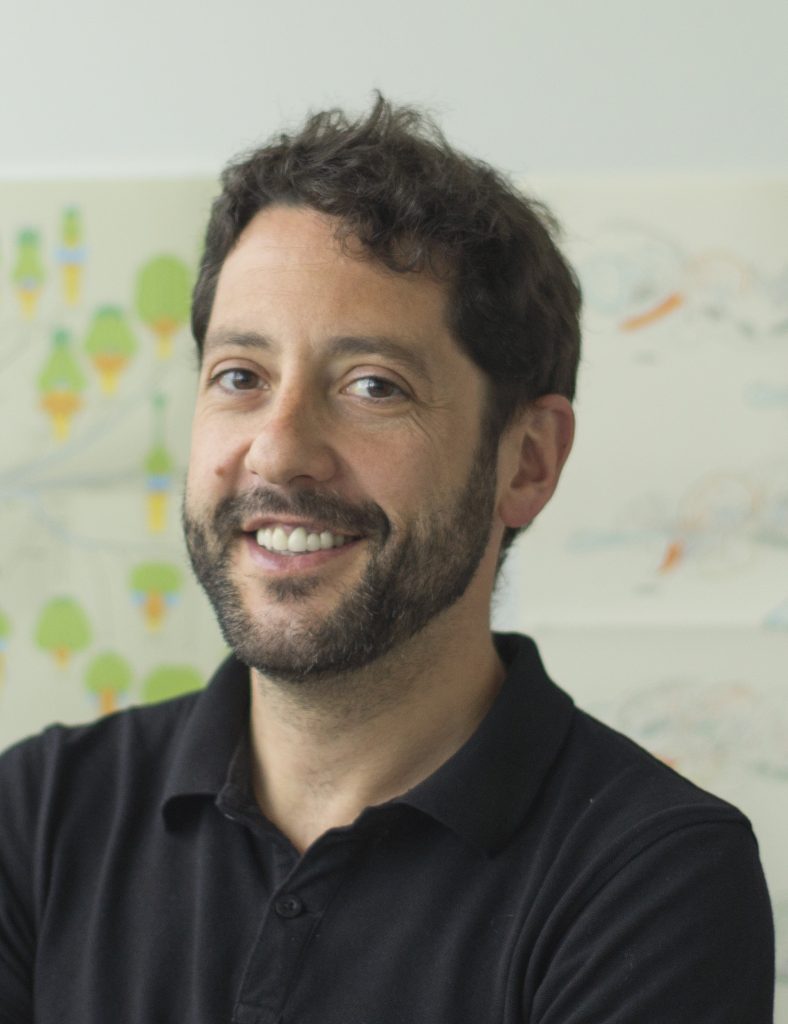
Comparative transcriptomics approaches in brain evolution
Transcriptomics, including single-cell approaches, has added another layer of investigation to studies on brain evolution. This session will highlight recent studies on the evolution of different brain areas, where transcriptomics approaches contributed to understanding the evolution of neuron types and of the brain regions they belong to.
Confirmed speakers
Lora Sweeney (Institute of Science and Technology, Klosterneuburg, Austria)
Justus Kebschull (Johns Hopkins School of Medicine, Baltimore, USA)
Maxwell Shafer (University of Basel, Switzerland)
Organized by Maria Antonietta Tosches
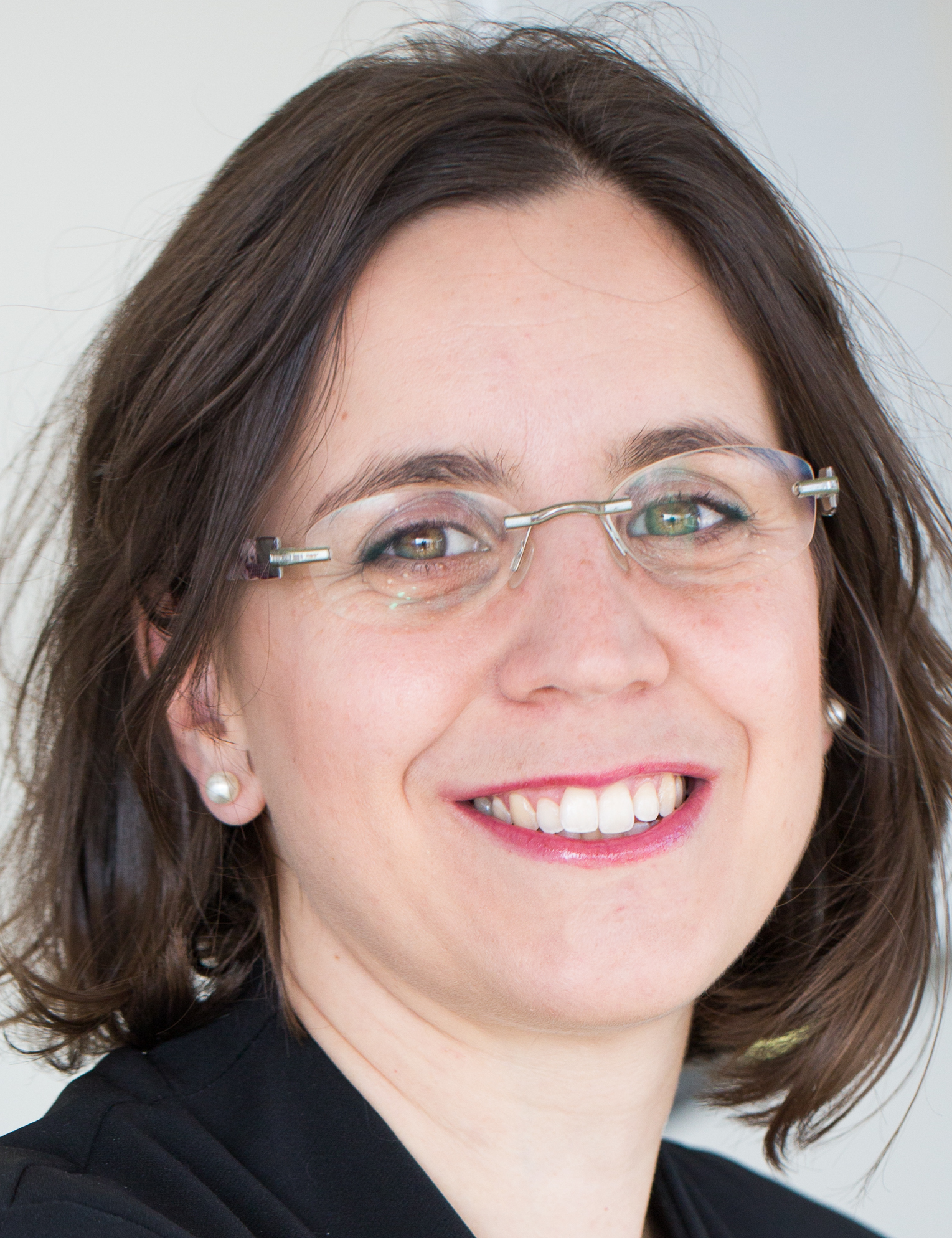
Molecular evolution of sensory systems
The symposium is focused on the molecular and functional aspects of the evolution of sensory systems. This session will highlight recent studies exploring the functional principles driving the relay of information from peripheral sensory cells to the central circuits and the effect of genetic ablation on sensory development and the organization of brain sensory centers.
Confirmed speakers
Bernd Fritzsch (University of Iowa, USA)
Ivan Manzini (Justus-Liebig-University Giessen, Germany)
Joel Clinton Glover (University of Oslo, Norway)
Demian Burguera (Charles University, Prague, Czech Republic)
Gabriela Pavlinkova (Institute of Biotechnology CAS, Vestec, Czech Republic)
Organized by Gabriela Pavlínková and Bernd Fritzsch

